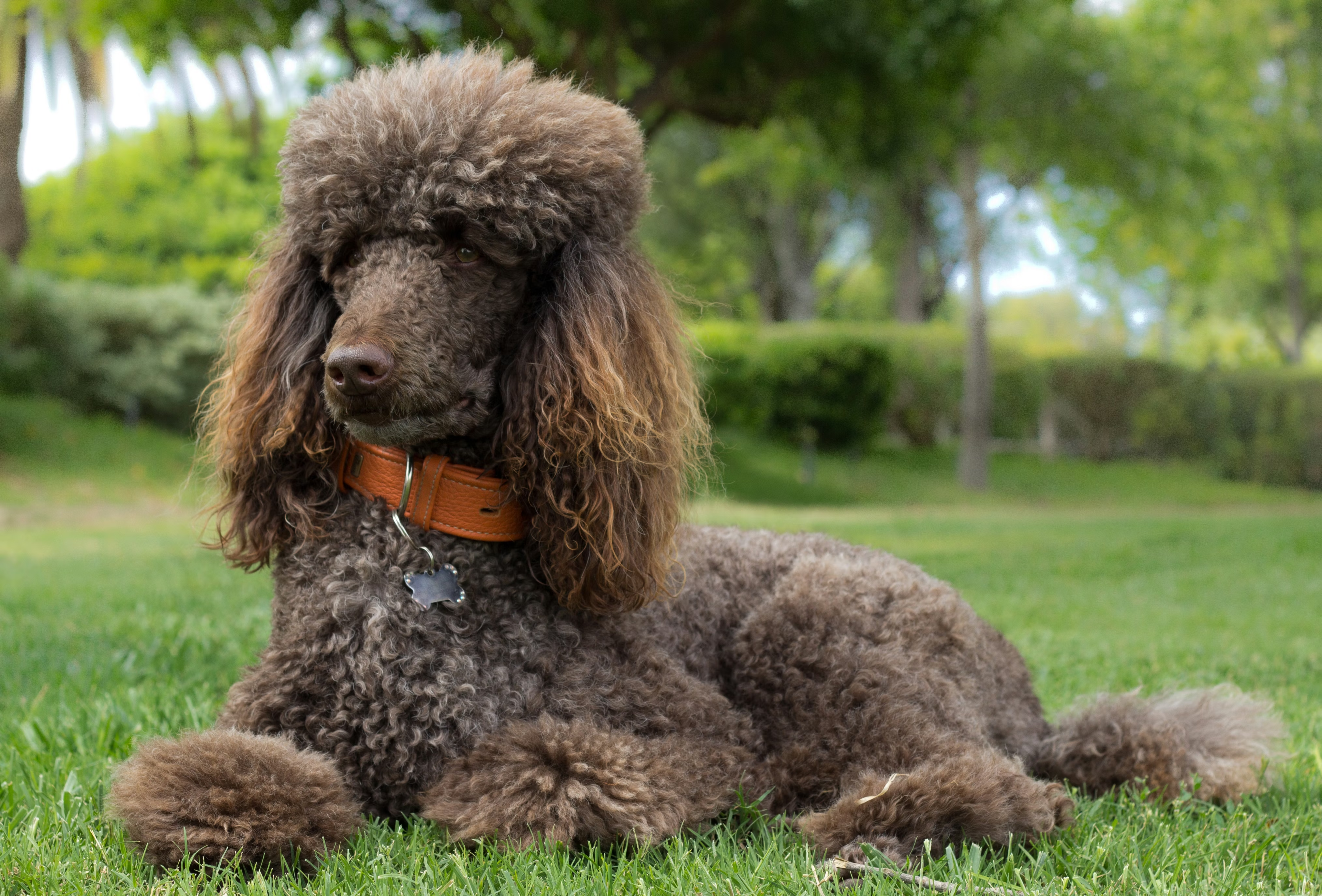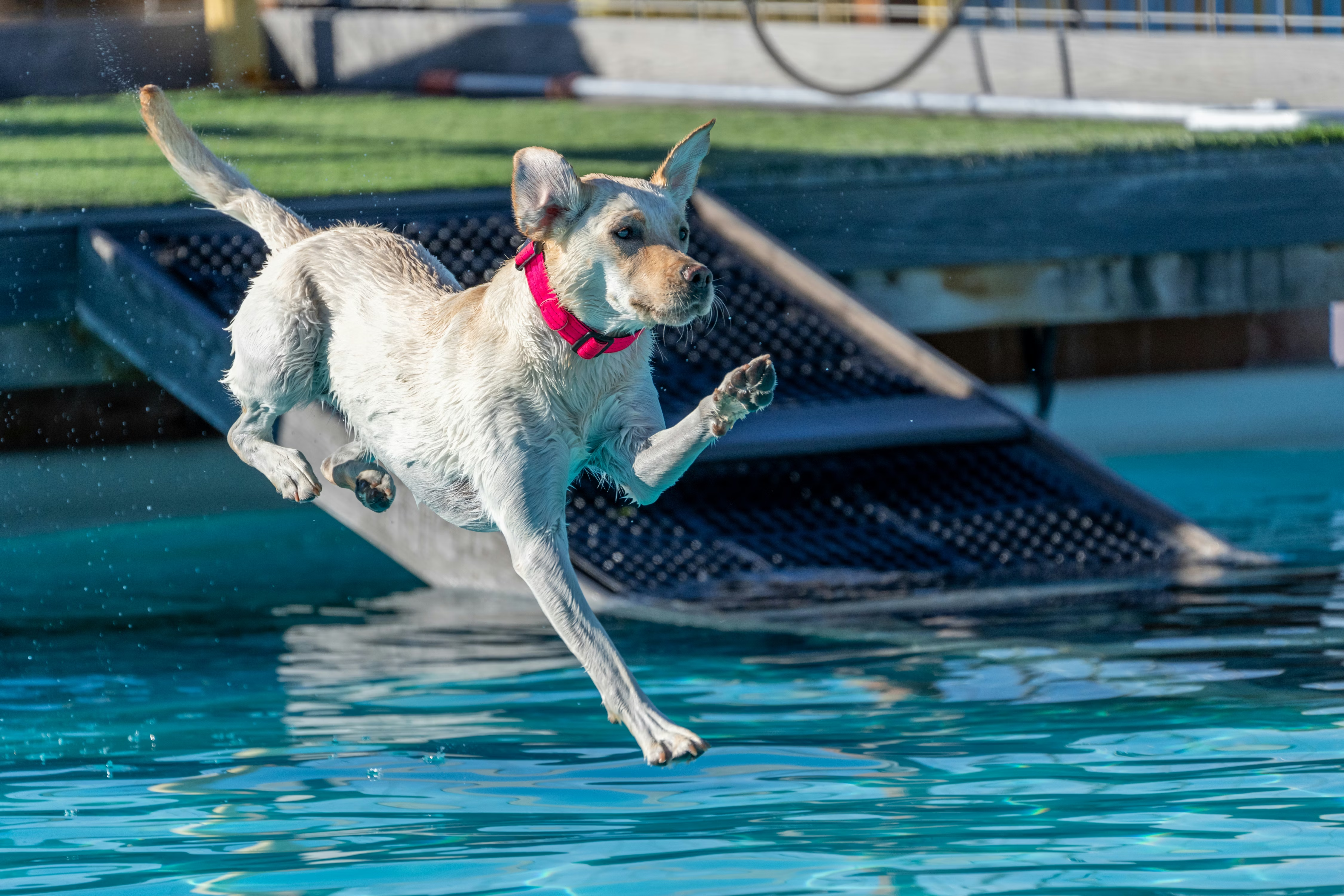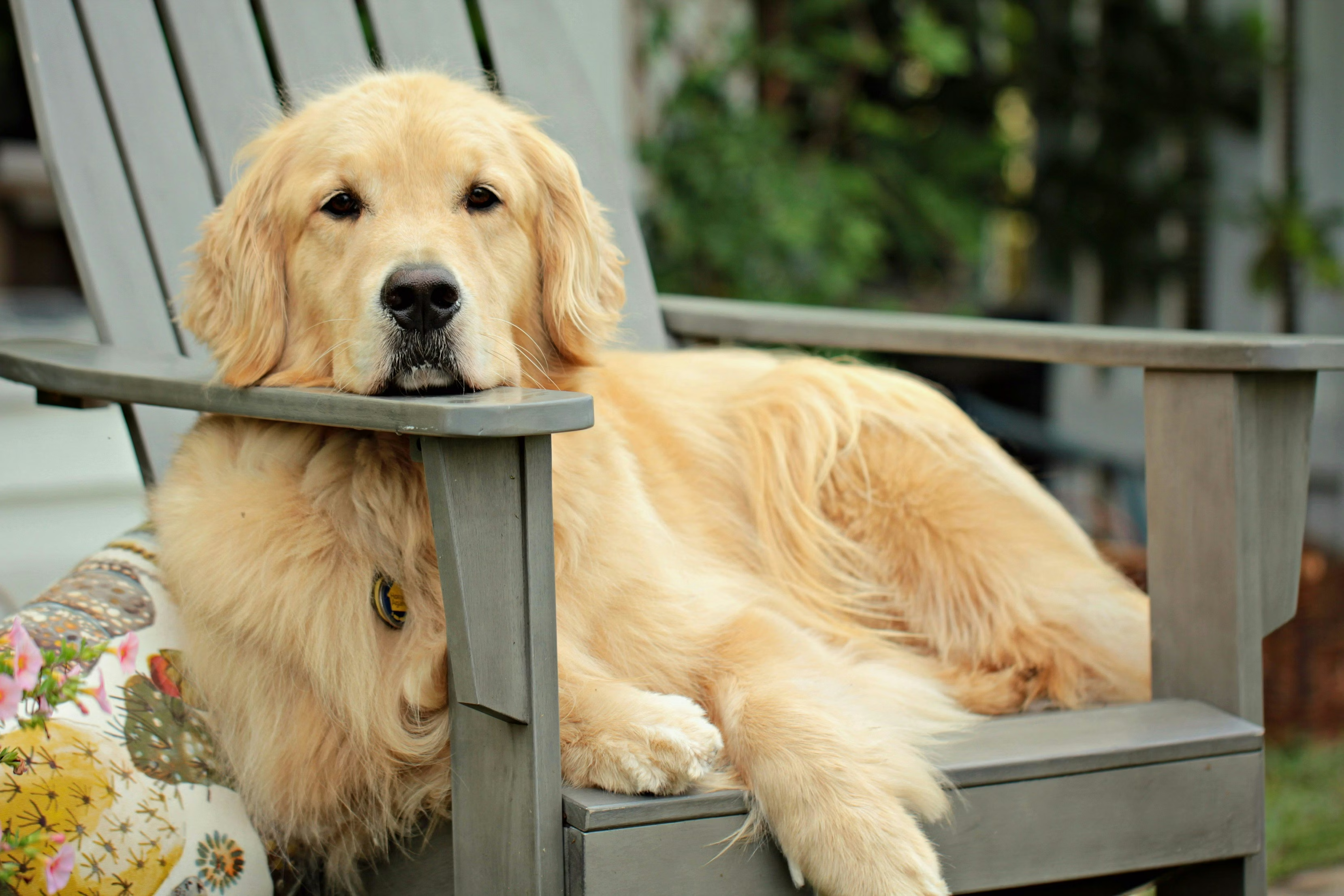Some of the most recognizable dog breeds, including the Labrador Retriever, Golden Retriever, and American Cocker Spaniel, are part of the Sporting breed group. But what exactly is a Sporting dog? In this post, we’ll break down the common traits of sporting dogs and share insights on how to take care of these popular pups.

What is a sporting dog?
Breed groups are a way to categorize dogs based on a defined set of qualities or traits. That means dogs in the Sporting group, though different breeds, have certain similarities. For kennel clubs like the AKC, the Sporting group consists of dog breeds with specialized hunting and retrieving skills. These skills fall into four primary categories:
- Retrievers: These breeds excel at retrieving quarry from land or water without damaging it, thanks to their soft mouths and natural affinity for swimming.
- Pointers: These dogs signal the location of quarry by freezing and "pointing" with their bodies.
- Spaniels: Known for flushing quarry out of hiding, spaniels are agile and responsive in the field.
- Setters: Similar to pointers, setters indicate the location of quarry but do so by crouching or "setting."
Wisdom Panel, however, places breeds into groups based on genetic similarity rather than their skills or the purpose for which they were bred. While there is a great deal of overlap in the categorizations, they are not identical to the groupings made by kennel clubs. For example, Wisdom Panel places the Dalmatian in the Sporting group based on its genetic profile, even though this breed doesn’t fall within retriever, pointer, spaniel, or setter sub-categories.
Despite the differences between breeds, most sporting dogs share common traits such as a love for physical activity, high intelligence, and an eagerness to please.
Physical characteristics of sporting dogs
Size and build: Sporting breeds come in various sizes, though the majority of them are medium-to-large dogs. They typically have balanced, muscular builds to support endurance and agility. Breeds like the Vizsla are lean and fast, while retrievers have a more robust body type.
Coat types: Coat types vary depending on the breed’s original environment. Spaniels and setters often have wavy or feathered coats to protect them when hunting in dense underbrush, while many retrievers have water-resistant double coats to keep them warm when splashing about icy lakes or rivers.
These physical characteristics are helpful in their roles as hunting companions, but also make them well-suited for outdoor family activities like hiking, camping, and swimming.
Sporting dog temperament
Dog breeds in the sporting group are typically friendly, social, and eager to please. They bond closely with their families and are known for their adaptability. If you’re looking for an adventure buddy, there’s a good chance a sporting dog will fit the bill. Their intelligence and willingness to work also make them highly trainable, but they need consistent mental and physical stimulation to prevent boredom and keep them happy and healthy.

Popular sporting dogs
Labs are known for their easy-going personality. These good-natured pups make great family pets for active households and affectionate companions for people of all ages.
Another family favorite, the Golden Retriever is goofy, gentle, and devoted. They keep their puppy-like attitudes well into adulthood and typically enjoy making friends wherever they go.
The GSP is an athletic, friendly breed that loves to be included in family activities. Like the Golden Retriever, these pups tend to mature slowly, so be prepared for their "puppy phase" to last a while.
The Cocker Spaniel is one of the more compact members of the Sporting group. But don’t let their smaller size fool you. They are lively pups that are always up for an adventure.
Poodles are smart, playful dogs that often have a sensitive side. They bond closely with their family members and thanks to their intuitive nature they make great therapy pups.

Activities that sporting dogs enjoy
Sporting dogs love to have an outlet for their energy and athleticism. Fun activities to do with a sporting dog include:
- Nosework
- Agility
- Swimming
- Fetch
- Dock diving
- Rally
- Disc dog
- Hide and seek
These activities highlight their natural abilities and keep them mentally and physically fit. Plus, they offer a fun way to bond with your pet!
Caring for a sporting dog
Every dog breed is different. For specific recommendations, it’s best to do some research on your dog’s breed and work with your veterinarian to tailor care to your dog’s unique needs. A DNA test will also help you discover insights into your dog’s genetic health and better understand their traits and behaviors.
In general, follow these guidelines for giving your sporting dog the care they need to thrive:
- Exercise: Sporting dogs need plenty of physical activity—often more than an hour a day—to burn off their energy. Activities like running, swimming, and fetch are great options.
- Nutrition: Feed a high-quality, balanced diet tailored to their age, breed size, and activity level.
- Training and enrichment: Positive reinforcement training is the best approach for these intelligent breeds. Puzzle toys, scent games, and obedience training also help keep their minds sharp.
- Grooming: Coat care varies by breed. Dogs with double coats may require more brushing during periods of seasonal shedding. Breeds with feathered coats need frequent combing to prevent tangles. And dogs with constantly growing coats, like Poodles, need regular haircuts to keep them looking their best.
Final thoughts
There’s a reason why dogs in the sporting group are among the most popular in the world. These pups are energetic, intelligent, and devoted companions. With proper care, these versatile dogs make a great addition to active households and bring tremendous joy to their human families.















